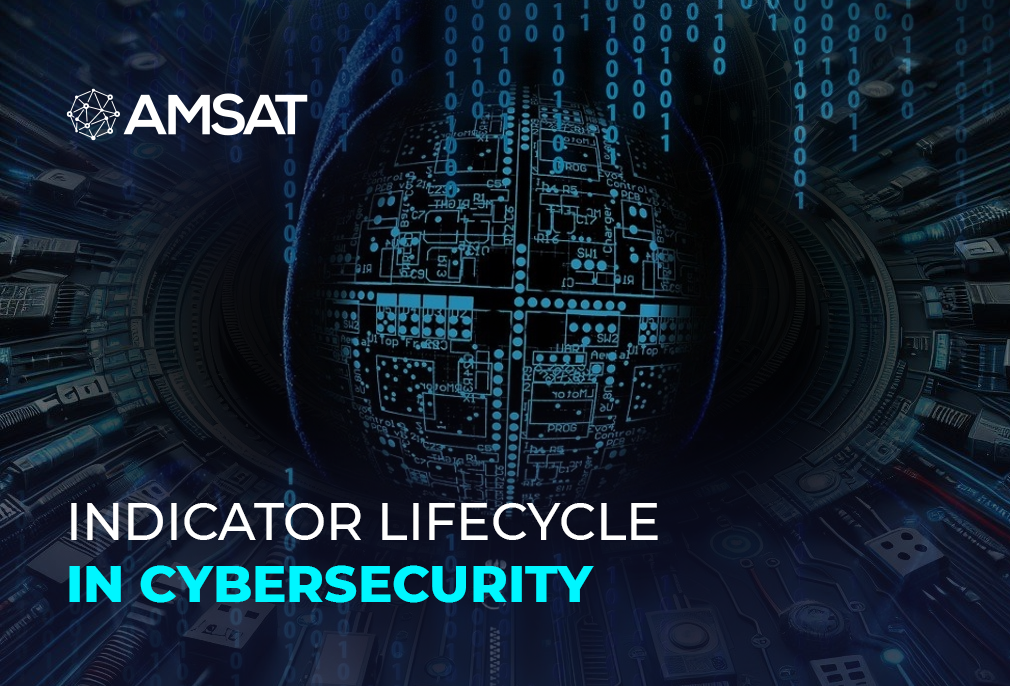Latest Blogs

By AMSAT Aug 26,2023
Unlocking the Secrets of Effective Firewall Security Strategies
Introduction
In today’s interconnected world, where cyber threats are hitting organizations, individuals, and even nations, protecting your digital assets and sensitive data is key. One of the key tools in your cybersecurity arsenal is a firewall, which serves as a barrier between your internal network and the massive and often treacherous landscape of the internet. Nevertheless, it’s not enough to merely deploy a firewall to ensure complete security. This blog will outline the secrets of effective firewall security strategies, as well as valuable insights and best practices to strengthen your defenses.Understanding Firewall Fundamentals:
It is critical to appreciate the rudimentary concepts of a firewall if one wants to effectively implement firewall security strategies. A firewall is a network security device that monitors and controls incoming and outgoing network traffic based on predetermined security rules. It serves as a gatekeeper, examining data packets and finding out whether to allow or block them based on well-defined policies. Firewalls, which can be hardware-based or software-based, make use of several techniques such as packet filtering, stateful inspection, and application-level gateways.
Comprehensive Rule Management:
Minute rule administration is one of the keys to a firewall security approach that works. Firewall rules specify how traffic is handled, granting or refusing access in accordance with predetermined standards. Make sure to review and update firewall rules frequently to keep up with your organization’s changing needs if you want to ensure optimal security. To reduce potential vulnerabilities and streamline rule maintenance, remove any superfluous rules.
Segment your firewall rules according to the internal, DMZ (Demilitarized Zone), and exterior security zones in your network. You can restrict traffic flows and reduce potential attack vectors by putting in place distinct rule sets for each zone. Consider adding a default deny-all rule that blocks all traffic unless it is specifically allowed. By requiring a deliberate choice for each approved connection, this method creates a more secure environment.
Intrusion Detection and Prevention Systems (IDS/IPS):
Your security posture is greatly improved when a firewall and intrusion detection and prevention systems (IDS/IPS) are used together. IDS/IPS systems keep an eye on network traffic for malicious behavior and act quickly to neutralize or preempt attacks. An IPS system takes it a step further by actively blocking or mitigating the identified threats, whereas an IDS system only raises alarms when it notices unusual behavior or well-known attack patterns.
Real-time threat detection and response are possible with IDS/IPS integration and firewalls. It enables the detection of sophisticated attacks such as advanced persistent threats (APTs), zero-day exploits, and others that a firewall alone could find difficult to identify. To reduce false positives and increase the effectiveness of the system, it’s important to regularly update your IDS/IPS signatures.
Application Layer Firewall Protection:
Application layer firewalls add an additional layer of security while standard firewalls focus largely on packet filtering and network-level security. Operating at the top layer of the OSI model, application layer firewalls examine network traffic according to the particular protocols and applications being utilized.
Application layer firewalls can do thorough packet inspection and spot potentially dangerous behavior that standard firewalls would miss by appreciating the intricacies of applications and protocols. They are able to recognize and thwart complex attacks like command injection, XSS, and SQL injection.
Regular Monitoring and Auditing:
Continuous monitoring and auditing are necessary to ensure that your firewall security policy remains effective. Check your firewall logs frequently for any unusual activity, anomalies, or attempts at unauthorized access. Create an automated alert system to alert your security team as soon as there is a potential security breach.
To make sure the rule sets are still applicable and there are no unused or outdated rules that could present vulnerabilities, perform periodic firewall rule reviews and audits. Conduct penetration testing and vulnerability analyses as well to find any potential flaws in the way your firewall is configured as well as your overall security posture. This proactive strategy ensures that your firewall is running at optimum level and helps you keep ahead of evolving threats.
In addition, pay attention to firewall performance metrics during monitoring and auditing, such as CPU and memory consumption, network traffic patterns, and connection logs. You can spot any anomalies or potential symptoms of compromise by examining these metrics.
Consider installing a Security Information and Event Management (SIEM) system, which can gather security events from various sources, including your firewall, and centralize and correlate them. This helps you to have a comprehensive understanding of the security of your network and to react quickly to any incidents or breaches.
Additionally, keep up with the most recent firmware and security patch upgrades that your firewall provider releases. Apply these updates frequently to increase the security of your firewall and patch up any known vulnerabilities.
Conclusion:
Effective firewall security measures are essential in the constantly changing world of cybersecurity for protecting your network and data. You may strengthen your defense against potential threats by appreciating the fundamentals of firewalls, adopting thorough rule administration, integrating IDS/IPS systems, utilizing application layer firewalls, and putting frequent monitoring and audits into practice.
Keep in mind that no firewall solution is impenetrable, and it should be a component of an all-encompassing cybersecurity framework that also includes access controls, antivirus software, and employee education. Maintaining a step ahead of threat actors requires constant evaluation and adaptation of your firewall security approach to address new threats. Learning the techniques behind effective firewall security strategies may help you protect your digital assets and ensure a secure online setting.
TAGS
- Cyber Crime
- Security Updates
Recent Blogs
Ready to Get Started?
Our specialists are ready to tailor our security service solutions to fit the needs of your organization.










